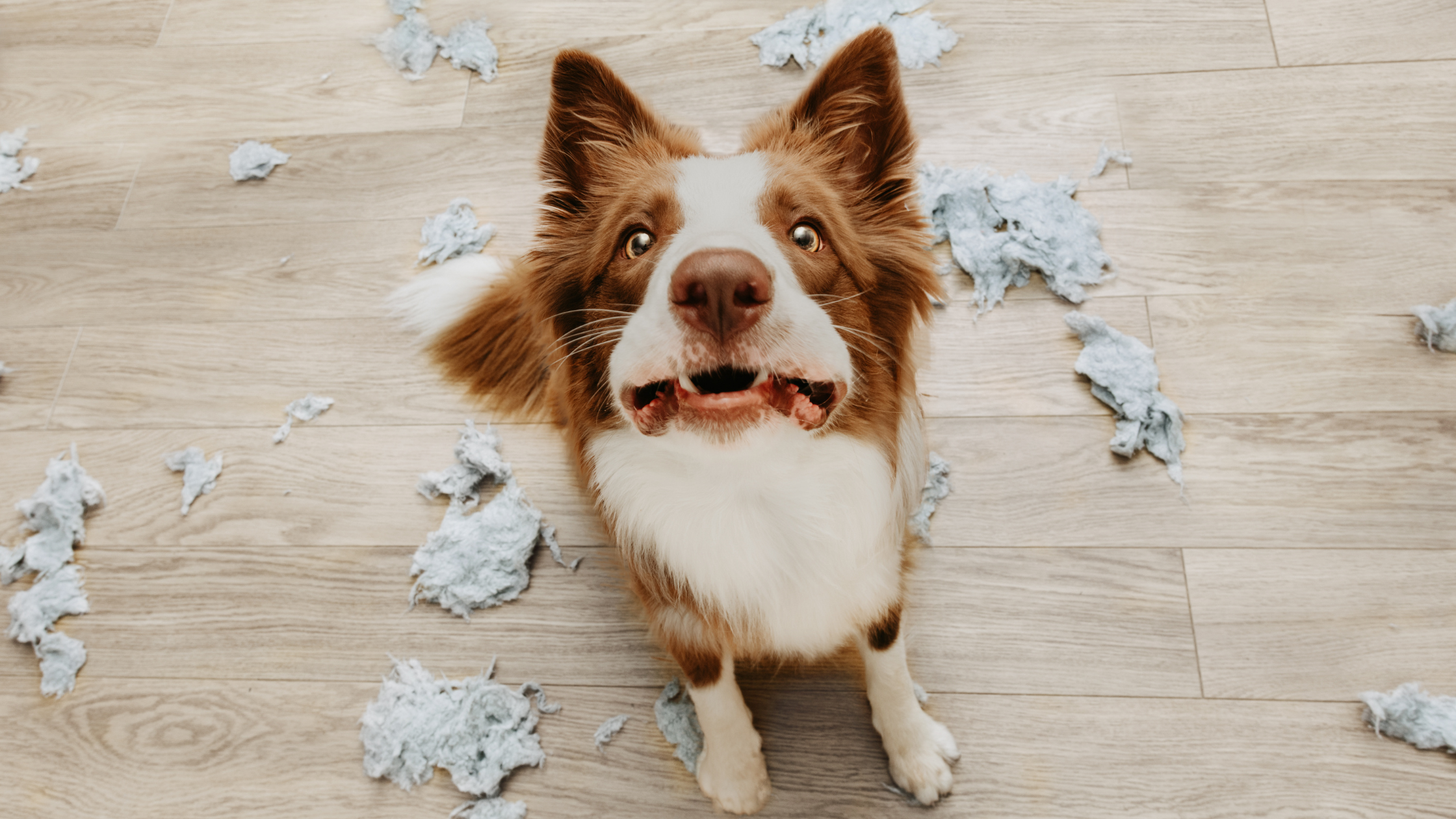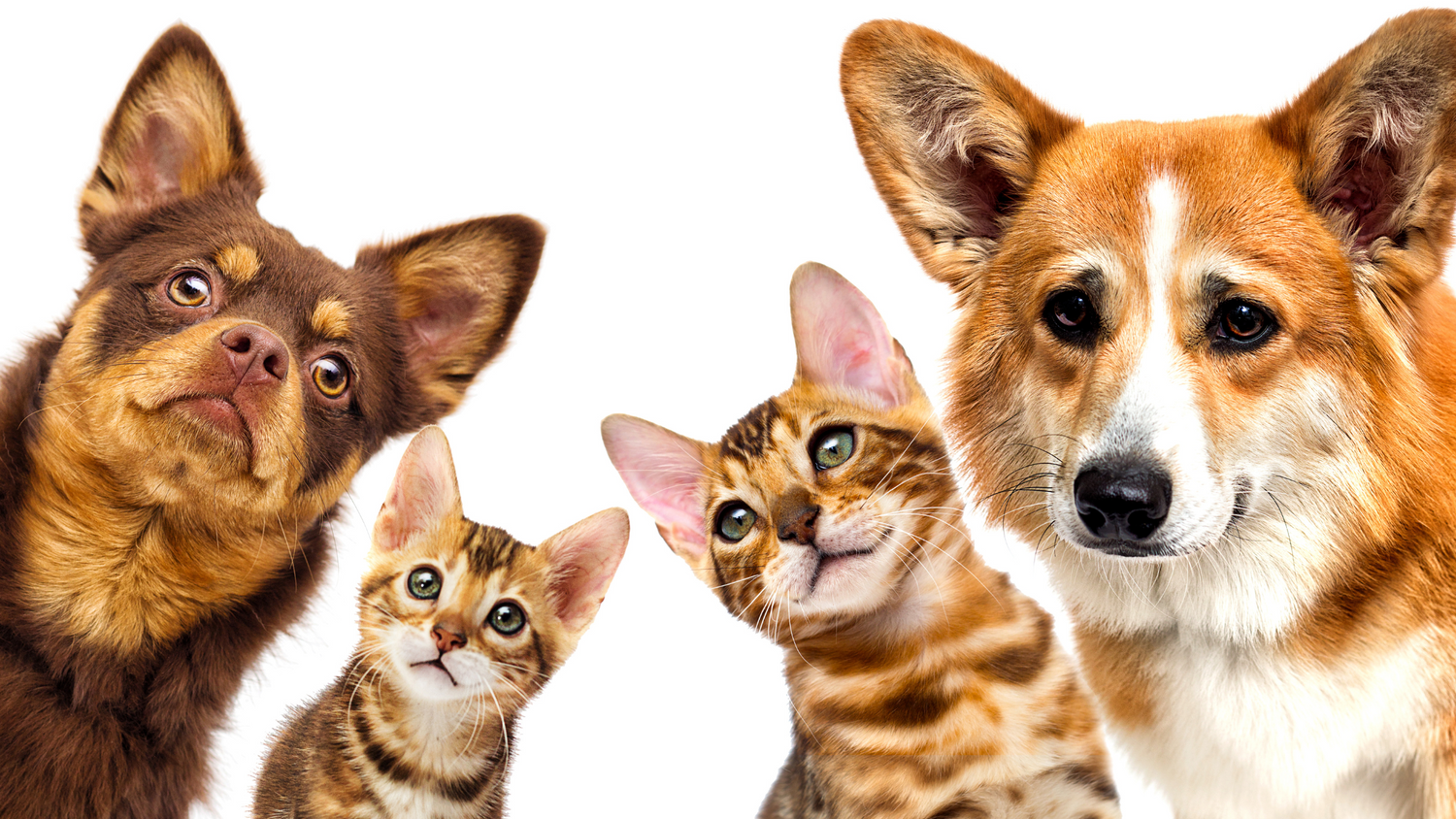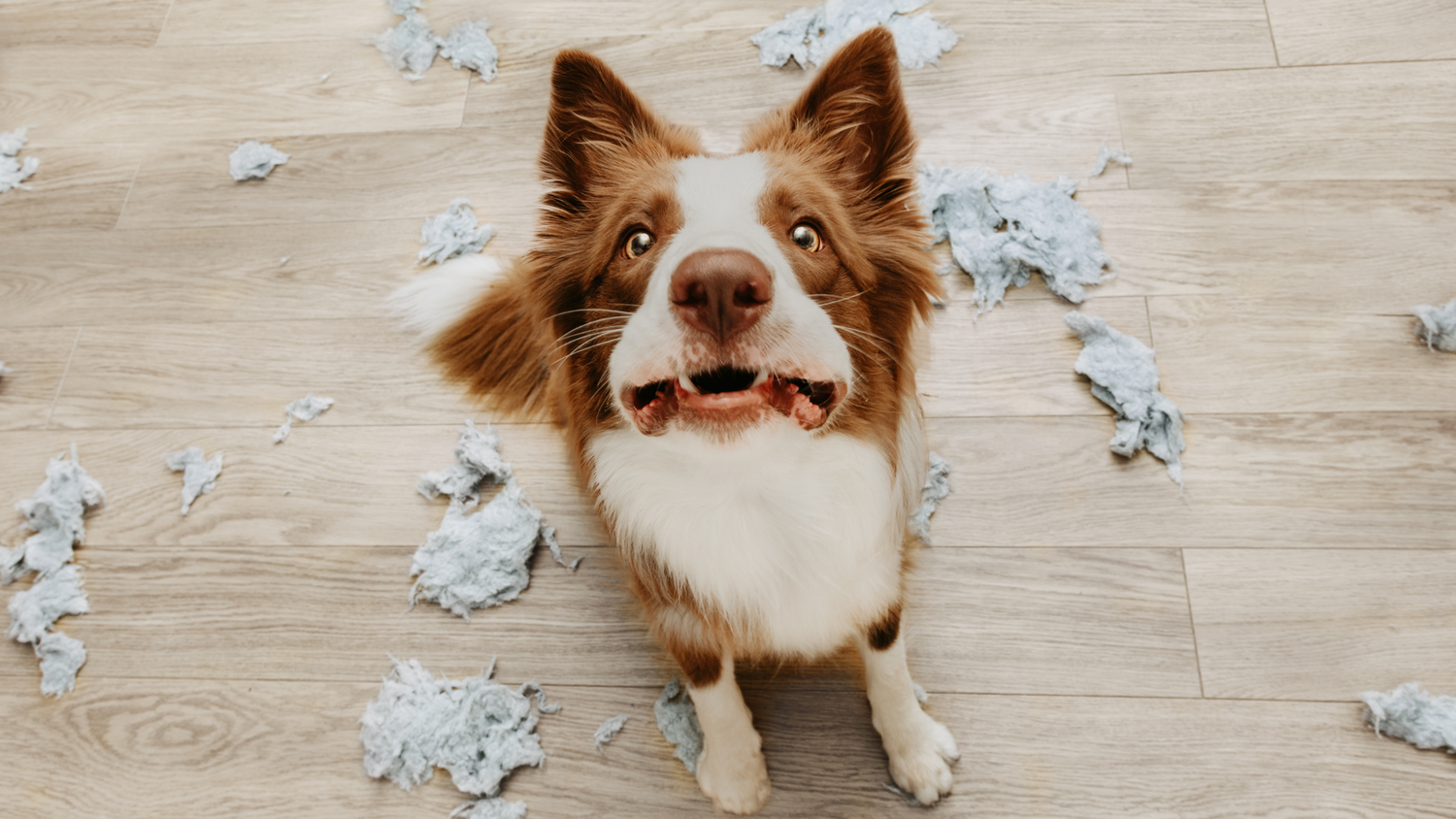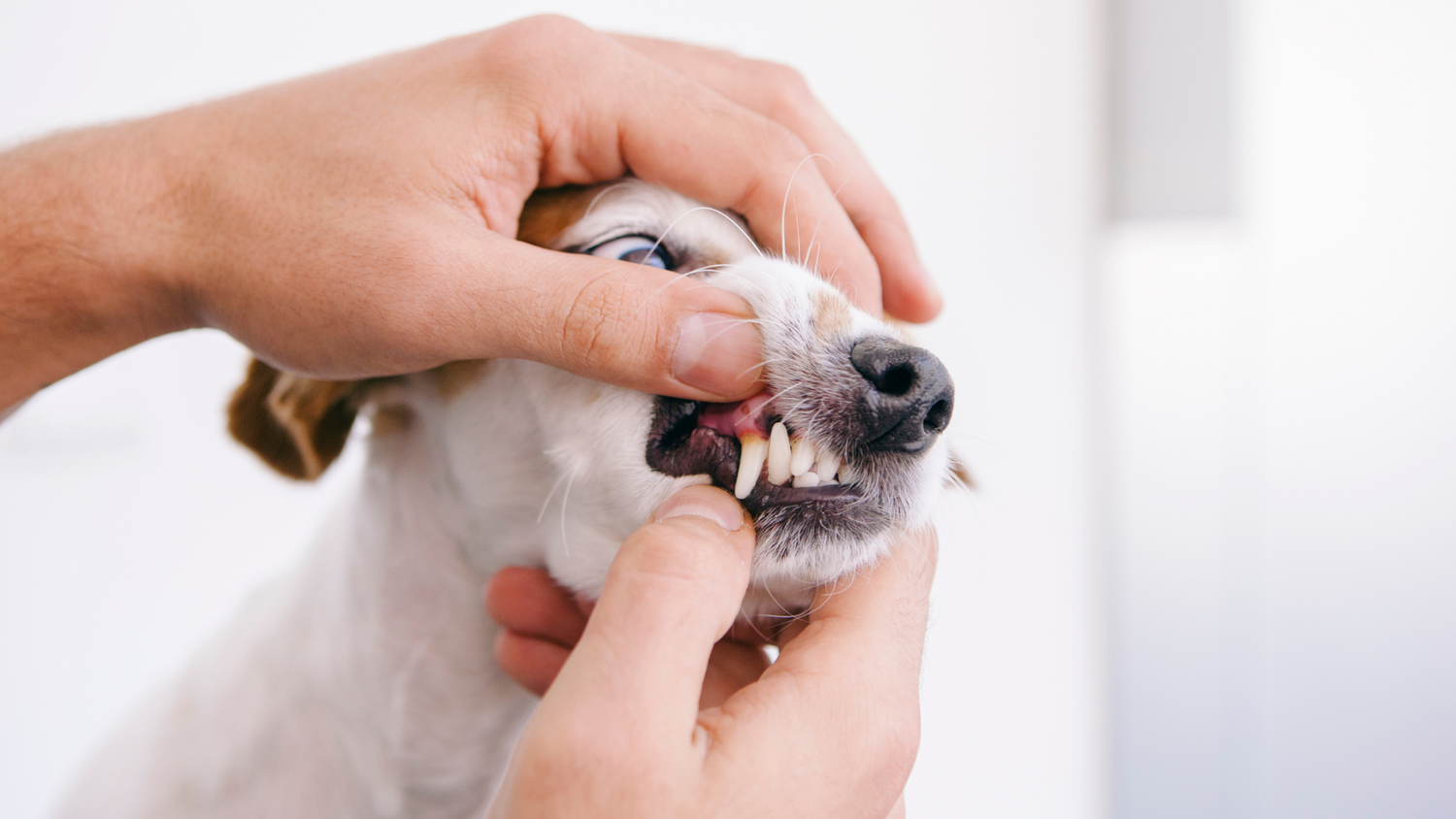Dogs are often labeled as "naughty" or "misbehaved" when they exhibit certain behaviours that we don't understand or find frustrating. However, what many pet owners fail to realise is that these behaviours could be symptoms of a deeper issue: anxiety. Just like humans, dogs can experience anxiety, and it's essential for us as their caregivers to recognise and address it with empathy and understanding.
What is Dog Anxiety?
Dog anxiety encompasses a range of behaviours and reactions that occur when a dog feels stressed, fearful, or overwhelmed. It can manifest in various forms, including:
-
Separation Anxiety: Dogs with separation anxiety become distressed when left alone or separated from their owners. They may exhibit destructive behaviour, excessive barking or howling, or attempt to escape.
-
Noise Phobia: Some dogs are particularly sensitive to loud noises such as thunderstorms, fireworks, or construction sounds. They may tremble, hide, or seek comfort during these events.
-
Social Anxiety: Just like humans, dogs can feel anxious in social situations, especially if they haven't been adequately socialised or have had negative experiences with other dogs or humans.
-
Generalised Anxiety: This type of anxiety is characterised by a persistent state of unease or nervousness, often without a specific trigger. Dogs with generalised anxiety may display various symptoms, including pacing, excessive panting, or compulsive behaviours like tail chasing.
Recognising the Signs
Understanding the signs of anxiety in dogs is crucial for providing appropriate support and intervention. Some common indicators of anxiety include:
- Excessive barking, whining, or howling
- Destructive behaviour, such as chewing furniture or digging
- Trembling, panting, or pacing
- Loss of appetite or overeating
- Avoidance behaviours, such as hiding or cowering
- Aggression towards people or other animals
It's essential to note that these behaviours are not indicative of a "bad" dog but rather signals that your furry friend is struggling with their emotions.
Taking a Compassionate Approach
When dealing with a dog experiencing anxiety, it's vital to approach the situation with empathy and compassion. Here are some strategies for helping your anxious pup feel more comfortable:
-
Create a Safe Environment: Provide a safe and secure space where your dog can retreat when feeling anxious. This could be a quiet room with their bed, toys, and familiar scents.
-
Gradual Desensitisation: Gradually expose your dog to the triggers that cause anxiety in a controlled and positive manner. For example, if your dog is afraid of loud noises, play recordings of these sounds at a low volume and gradually increase the volume over time.
-
Routine and Structure: Establishing a consistent daily routine can help alleviate anxiety by providing your dog with a sense of predictability and security.
-
Positive Reinforcement: Use positive reinforcement techniques, such as treats and praise, to reward calm and relaxed behaviour. Avoid punishment, as this can increase anxiety and undermine trust.
-
Seek Professional Help: If your dog's anxiety persists or worsens despite your efforts, consider seeking guidance from a professional dog trainer or veterinarian specialising in behaviour.
- Supplementation: Help alleviate anxious behaviours in your pet with a specially formulated supplement containing natural ingredients designed to soothe the central nervous system and increase serotonin levels. Pet Drs Stress + Anxiety harnesses the power of key components like Tryptophan, Theanine, GABA, and Magnesium, effectively calming your pets' behaviour in a natural and gentle manner.
Changing the Narrative
It's time to shift the narrative surrounding dog behaviour and recognise that our furry friends are not intentionally disobedient but may be struggling with anxiety. By approaching their behaviour with empathy and understanding, we can provide the support and care they need to thrive.
Next time your dog exhibits what may seem like "naughty" behaviour, take a moment to consider the underlying emotions driving their actions. With patience, love, and a compassionate approach, you can help your anxious pup feel safe, secure, and loved.





